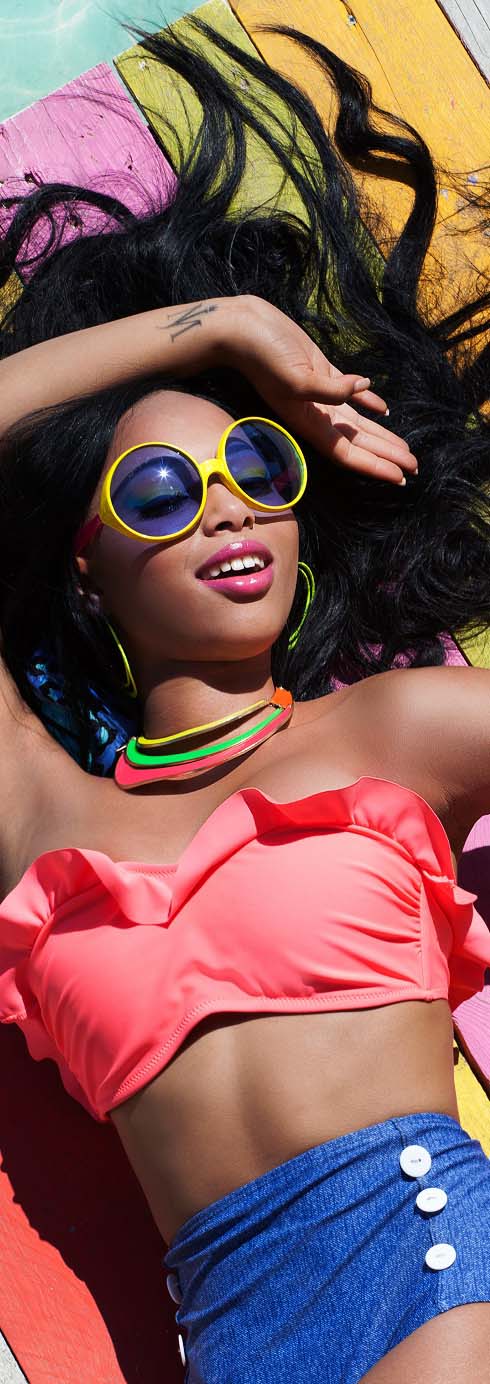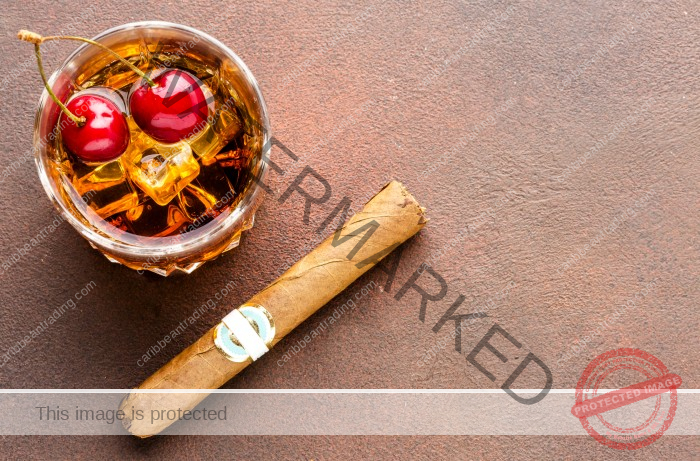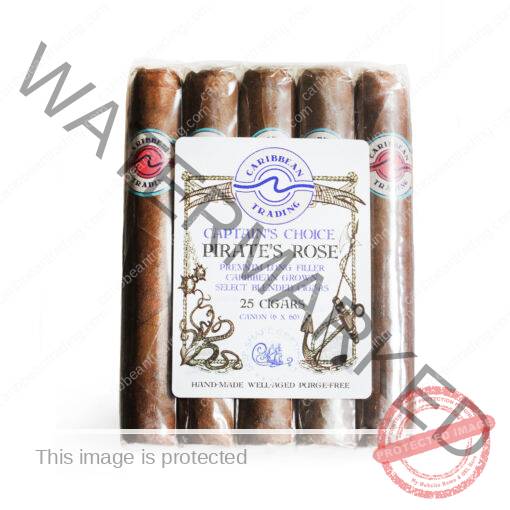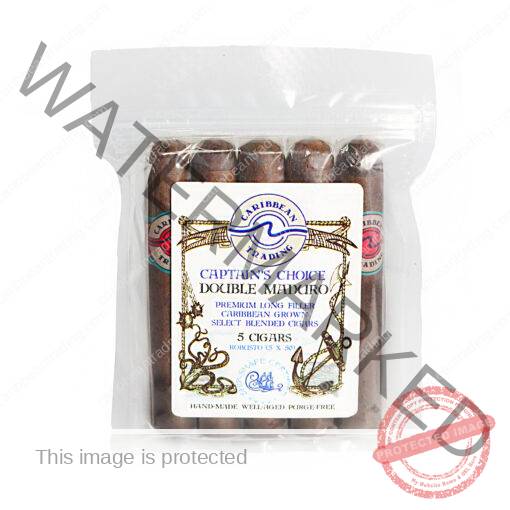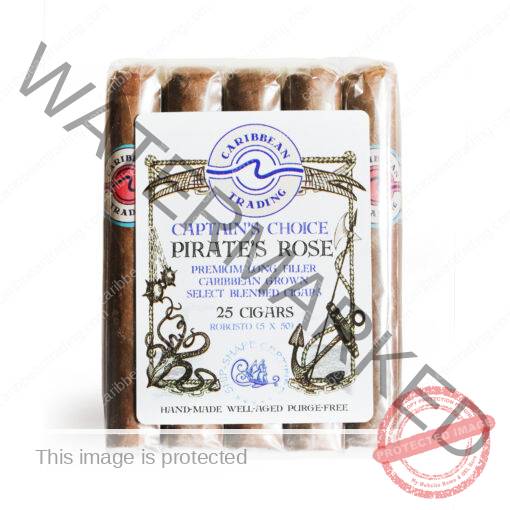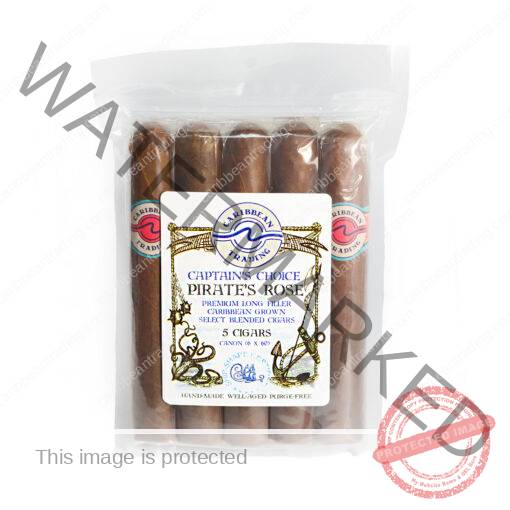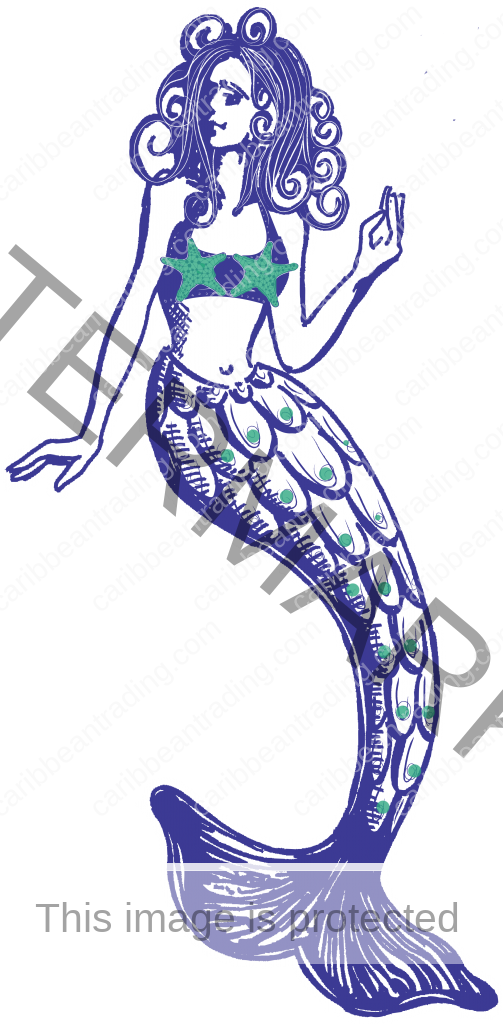Cigars
How to Select a Premium Caribbean Cigar
Caribbean cigars are globally recognized for their richness, complexity, and heritage. Whether you’re a seasoned aficionado or just beginning your journey, knowing how to select a premium Caribbean cigar is essential for a satisfying smoking experience. In this guide, we’ll explore the key factors to consider, including origin, tobacco quality, construction, aroma, flavor, and purchasing tips. We’ll also discuss the cultural significance and offer advice on avoiding counterfeit products. Let’s dive into the luxurious world of Caribbean cigars.
Understanding the Caribbean Cigar Tradition
The Caribbean has a long-standing tradition of cigar production, rooted in centuries of tobacco cultivation. Cuba, the Dominican Republic, Jamaica, and Honduras (though technically Central American, often included in Caribbean culture) are particularly famous for their cigars.
Each island brings its unique climate, soil composition, and curing techniques to the process, which significantly affects the final product. Cuban cigars, for instance, are often praised for their strength and richness, while Dominican cigars are known for their smoothness and complexity.
Knowing the history and tradition behind Caribbean cigars enhances appreciation and helps consumers understand the different characteristics each region offers.
Choosing the Right Origin
When selecting a premium Caribbean cigar, the origin matters. Each country’s tobacco reflects its terroir — the natural environment including climate, soil, and farming practices.
- Cuba: Often considered the holy grail of cigars, known for bold, rich flavors. Brands like Cohiba, Montecristo, and Partagás are globally sought-after.
- Dominican Republic: The world’s largest cigar exporter. Dominican cigars are smoother, often more aromatic, and appeal to a wide range of palates.
- Jamaica: Known for its smaller production but high quality. Jamaican cigars are typically mild and aromatic.
- Nicaragua and Honduras (commonly included in premium Caribbean collections): They produce full-bodied cigars with complex flavor profiles, perfect for more experienced smokers.
Try cigars from different origins to determine which regional style best suits your preference.
Evaluating Tobacco Quality
Premium cigars begin with premium tobacco. The growing, harvesting, and curing process defines the quality of the tobacco used.
Look for cigars that use:
- Long-filler tobacco: Whole tobacco leaves that run the length of the cigar. These burn more evenly and provide a richer experience than chopped tobacco used in short-fillers.
- Aged tobacco: Aging enhances flavor and smoothness. Many top Caribbean brands age their tobacco for several years before using it in cigars.
Information about tobacco aging is usually found on the box or product description. Reputable vendors and connoisseur reviews can also guide you in assessing tobacco quality.
Inspecting the Wrapper Leaf
The wrapper is the outermost leaf of the cigar and greatly influences both appearance and flavor.
A high-quality wrapper should:
- Be smooth and uniform in color
- Have minimal visible veins or imperfections
- Feel slightly oily or silky to the touch
Common wrapper types used in Caribbean cigars include:
- Connecticut Shade: Light in color, mild flavor
- Maduro: Darker, aged longer for a sweeter, richer taste
- Habano: Often darker and stronger, found in Cuban and Nicaraguan cigars
The wrapper type can dramatically affect the smoking experience, so take time to research and choose based on your flavor preferences.
Analyzing the Construction
A well-constructed cigar ensures an even burn, good draw, and overall enjoyable experience. When selecting a premium Caribbean cigar, inspect the following:
- Firmness: Gently squeeze the cigar. It should be consistently firm without soft spots, which may indicate poor rolling or loose tobacco.
- Cap: The rounded tip of the cigar should be neatly applied. A sloppy cap can lead to unraveling during smoking.
- Seam and roll: The wrapper should be tightly wrapped with clean, barely visible seams.
If possible, visit a cigar shop where you can inspect cigars by hand. For online purchases, rely on trusted reviews and established retailers.
Understanding Flavor Profiles
Flavor is highly subjective, but premium cigars often have layered, evolving profiles. Caribbean cigars, due to their climate and craftsmanship, typically offer the following notes:
- Earthy or woody: Common in Cuban and Nicaraguan cigars
- Spicy or peppery: Found in stronger Dominican and Honduran blends
- Creamy or nutty: Typical of milder Jamaican cigars
- Sweet or chocolatey: Often from Maduro-wrapped cigars
Start with mild-to-medium cigars if you’re new to smoking and gradually explore full-bodied options as your palate develops.
Size and Shape Considerations
Cigars come in various sizes (length and ring gauge) and shapes (parejo vs. figurado). These factors influence how long a cigar lasts and how it tastes.
- Length: Ranges from 4 inches (Petite Corona) to 7 inches or more (Churchill). Longer cigars tend to offer more complex flavor development.
- Ring gauge: The diameter, measured in 64ths of an inch. Thicker cigars burn cooler and slower, producing more smoke.
- Shapes:
- Parejo: Straight-sided cigars (Robusto, Corona, Toro).
- Figurado: Irregular shapes (Torpedo, Belicoso, Perfecto), often considered premium due to rolling difficulty.
- Parejo: Straight-sided cigars (Robusto, Corona, Toro).
Select a size and shape that matches your smoking time and preference. For example, a Robusto (5 x 50) offers a balanced smoke that’s ideal for most occasions.
Smell Before You Buy
One of the best ways to gauge a cigar’s potential flavor is through its aroma. Even before lighting, a cigar can offer a preview of its complexity.
Place the unlit cigar under your nose and take a slow inhale. Premium cigars should offer a rich, inviting scent — earthy, spicy, or sweet depending on the blend. If the cigar smells dull or musty, it may be stale or poorly stored.
This technique works best in physical stores, but you can read aromatic descriptions in online listings and reviews to get a sense of what to expect.
Buying From Reputable Sellers
Where you buy your cigar significantly impacts quality and authenticity. Always choose vendors with a reputation for proper storage and authentic products.
Look for:
- Walk-in humidors: In brick-and-mortar stores, cigars should be stored in climate-controlled humidors with proper humidity (65–70%) and temperature (around 70°F).
- Authorized retailers: Especially for Cuban cigars, buy only from stores authorized to sell Habanos S.A. products.
- Trusted online vendors: Ensure they offer temperature-controlled shipping and strong customer support.
Avoid street vendors or flea markets, especially in tourist-heavy areas — these are often sources of counterfeit cigars. You can also do it online, paying with your card or crypto! Check the crypto charts before, to find the currency with the best deal before making any purchase.
Watch for Counterfeit Cigars
Cuban cigars, in particular, are frequently counterfeited. Fake cigars may look convincing but lack the quality, flavor, and craftsmanship of genuine ones.
To avoid counterfeit products:
- Inspect the band: Genuine brands use high-quality printing, embossing, and even holograms.
- Check the box: Look for the official Cuban warranty seal and Habanos sticker.
- Verify serial numbers: Some premium brands include traceable codes on their packaging.
- Buy from licensed dealers only.
If a deal seems too good to be true, it probably is.
Considering Price and Value
Premium Caribbean cigars vary widely in price. While cost is not always a direct indicator of quality, truly premium cigars often justify their higher price through rare tobaccos, expert craftsmanship, and aging.
Expect to pay:
- $8–15 USD for high-quality Dominican or Honduran cigars
- $20–50 USD or more for premium Cuban cigars
Don’t be afraid to invest in a sampler pack. These allow you to try several cigars from a brand or region, helping you identify what you like without buying full boxes.
Storing Your Cigars Properly
Once you’ve selected your premium cigars, proper storage is essential to preserve their flavor and integrity.
- Use a humidor: Maintain a humidity level between 65–70%.
- Monitor temperature: Aim for a consistent 65–70°F.
- Avoid sunlight and dry environments: These can ruin a cigar’s wrapper and dry out the tobacco.
Travel humidors are also available for keeping cigars fresh on the go, particularly useful if you’re buying cigars while visiting the Caribbean.
Enjoying the Ritual
Selecting a premium Caribbean cigar is just the beginning. How you enjoy it matters just as much.
- Cut it properly: Use a sharp guillotine cutter to remove the cap cleanly.
- Light with care: Use butane lighters or wooden matches; avoid sulfur-based ones.
- Pace yourself: Take slow, measured puffs. Don’t inhale — cigars are meant to be savored, not smoked like cigarettes.
Pair your cigar with complementary beverages: rum, cognac, or even coffee. This can elevate the experience and help bring out the cigar’s full flavor profile.
Building Your Personal Collection
As your appreciation grows, consider building a personal cigar collection. Keep notes on what you’ve tried — brand, wrapper, flavor notes, strength, and your overall impressions.
A diverse collection might include:
- Mild Dominican cigars for daytime relaxation
- Medium-bodied Nicaraguans for evening enjoyment
- Rich Cuban cigars for special occasions
Organizing your collection in a humidor with labeled dividers can also help keep your cigars in top condition.
Conclusion
Selecting a premium Caribbean cigar is an art that combines tradition, craftsmanship, and personal taste. From choosing the right origin and tobacco quality to evaluating construction, aroma, and flavor, each step is crucial in discovering cigars that match your preferences.
Whether you’re enjoying a cigar on a Caribbean beach or in your favorite lounge, understanding what makes a cigar truly premium will enrich your experience and deepen your appreciation for this timeless indulgence.
Take your time, explore different brands and regions, and savor each puff. A great cigar isn’t just smoked — it’s experienced.

